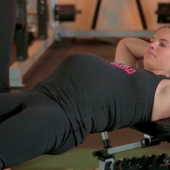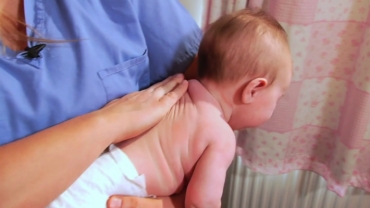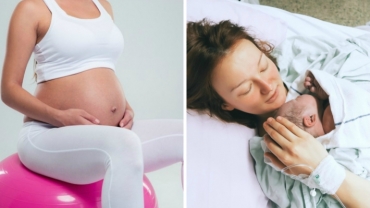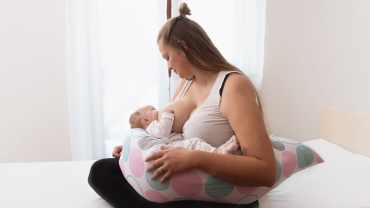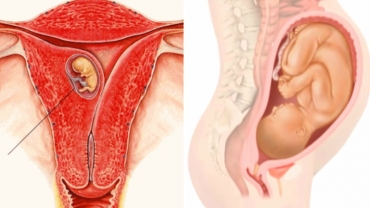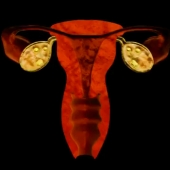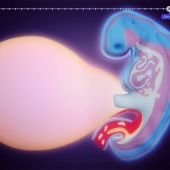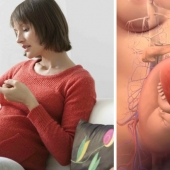Your heart pumps blood through arteries to deliver oxygen and nutrients throughout your body. The blood returns to your heart through veins so that it can be pumped to the lungs to pick up more oxygen. When blood is in leg veins, it is working against gravity to return to the heart.
Blood pressure in veins is low, so there are valves in the walls of the veins to prevent the blood from flowing backward. Leg muscles contract to squeeze the veins and help pump your blood back to the heart. Some people's legs have large, ropey veins. Called varicose veins, they are large because they are always expanded.
The blood in these veins is having a hard time returning to the heart, and pressure from above - the force of gravity - on the column of blood forces the thin walls of the veins to push outward, making the veins bigger. An enlarged varicose vein contains more blood, and this also puts pressure on the valves in the veins, which can cause them to fail.
Changes during pregnancy can promote the development of varicose veins. The pregnancy puts more pressure on the veins in your legs and pelvis. To support the developing baby, the volume of blood in your body is increased but blood flow from your legs to your pelvis is reduced. Hormonal changes can also contribute and increase the elasticity of blood vessel walls. When varicose veins occur during pregnancy, they often resolve on their own during the months after delivery.
- 768 views



